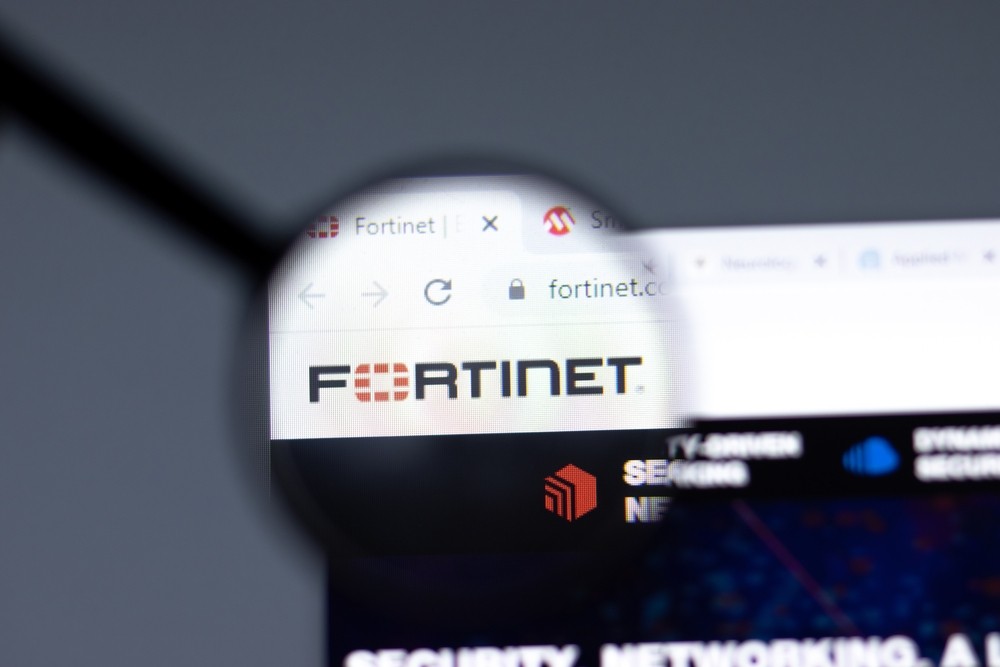
A recently discovered critical vulnerability in Fortinet's Wireless LAN Manager (FortiWLM) has raised serious concerns about cybersecurity practices and corporate responsibility in the tech industry. The vulnerability, tracked as CVE-2023-34990, received a severity score of 9.6 out of 10, indicating its potential for severe impact.
Security researcher Zach Hanley uncovered an "unauthenticated limited file read vulnerability" that allows attackers to access and read arbitrary system log files. When combined with another flaw (CVE-2023-48782), the exploit chain enables root-level Remote Code Execution (RCE), giving attackers complete control over affected systems.
The discovery highlights broader issues around vulnerability management and patch deployment timelines. While Fortinet has now patched these vulnerabilities, questions remain about why such critical security flaws went unaddressed for an extended period.
Industry experts point out that delayed patches can have devastating consequences. According to the 2023 IBM Cost of Data Breach Report, security incidents now cost organizations an average of $4.45 million. These costs stem from brand damage, legal action, and lost revenue due to diminished consumer trust.
The incident occurs against a backdrop of rising cybercrime, with Verizon's 2023 Data Breach Investigations Report noting that 74% of breaches involve external actors. Global cybercrime damages are projected to exceed $10.5 trillion annually by 2025.
Several factors contribute to patch delays:
- Resource allocation challenges
- Complex approval processes
- Supply chain dependencies
- Coordination issues between departments
Security professionals recommend several measures to improve vulnerability management:
- Regular security audits
- Mandatory disclosure requirements
- Clear patch deployment schedules
- Enhanced whistleblower protections
- Increased funding for security research
Organizations using FortiWLM should:
- Update systems immediately
- Implement multi-layer security
- Maintain offline backups
- Conduct security awareness training
- Monitor for suspicious activity
The Fortinet case demonstrates why robust regulatory frameworks and transparent corporate practices are necessary to protect users from systemic threats. As technology becomes increasingly integrated into critical infrastructure, the stakes for proper security management continue to rise.
This incident serves as a reminder that cybersecurity requires ongoing vigilance and collaboration between vendors, customers, and regulatory bodies to maintain a secure digital environment.